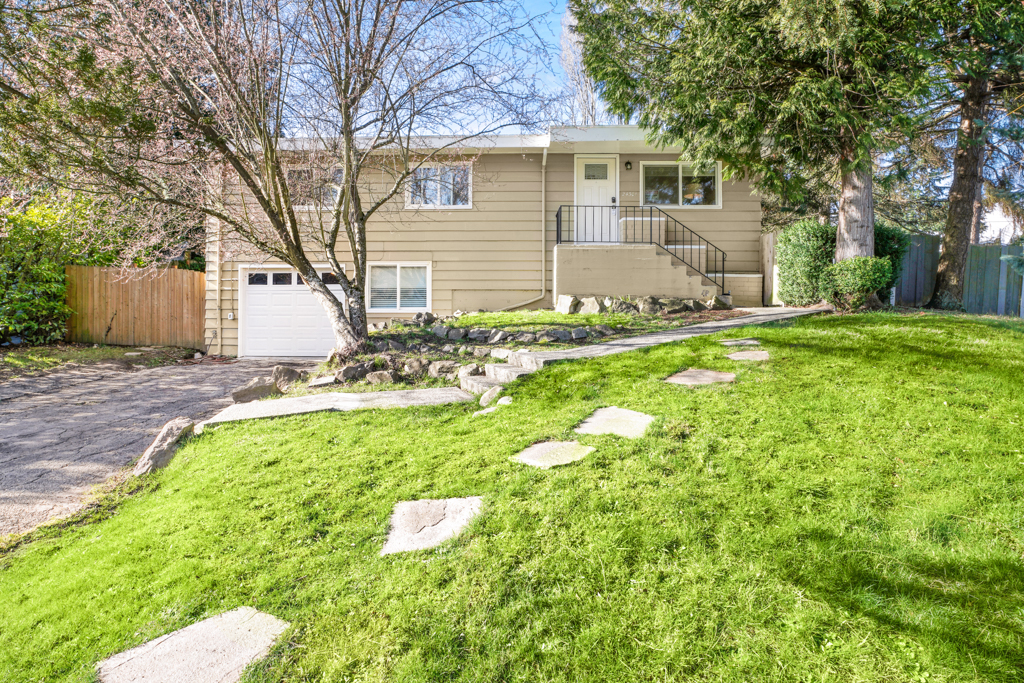
Maximize Your Garden’s Potential: Expert Tips on Landscaping with Native Plants Sep 21, 2025
Understanding the benefits of native plants is crucial in the journey towards a sustainable landscape. Native plants are those that have evolved naturally in a region over thousands of years. They are adapted to the local climate, soil, and ecological interactions. This makes them an excellent, eco-friendly choice for your garden. By choosing native plants, you reduce the need for pesticides and fertilizers, save water resources, and support local wildlife like birds and butterflies.
Before diving into the selection and planting process, it’s important to assess the conditions of your garden. Consider factors such as sunlight, soil type, and drainage. These factors determine which plant species will thrive in your specific environment. Lane Landscaping recommends creating a detailed map of your garden to visualize the space accurately, noting areas of sun and shade throughout the day.
Selecting the right plants is an exciting part of the process. To begin, research native plant species that align with your garden’s unique conditions. Seek the guidance of landscaping professionals who have extensive knowledge of regional flora. Popular native species like coneflowers, milkweed, and asters not only add color and texture but also attract beneficial pollinators. Incorporate a mix of groundcovers, shrubs, and canopy plants to add layers and depth to your landscape.
When planning your layout, think about how plants interact within a natural community. Group plants with similar water and light requirements together, creating harmony in your garden’s ecosystem. This method, sometimes referred to as companion planting, maximizes plant health and growth potential. Use larger plants as focal points or to create natural shade for smaller, more delicate species.
Once you’ve implemented your native plant landscape, maintenance becomes much easier. Native plants require less water once established and are hardier against local pests. This minimizes the time and resources needed for upkeep, allowing you to enjoy your garden rather than spending weekends maintaining it. For optimal results, Lane Landscaping advises occasional pruning, mulching, and monitoring for invasive species that may threaten native growth.
As you cultivate your garden, remember that native plant gardens are dynamic systems that change with the seasons. Embrace these changes as a natural progression of your landscape. Engage with the richness of nature as you experience the annual blooming cycles and visitations from local fauna. This evolving beauty ensures a lively and engaging outdoor space year-round.
In conclusion, utilizing native plants in your landscaping not only maximizes your garden’s potential but also connects you to the local environment in a meaningful way. By following these expert tips from Lane Landscaping, you invest in a garden that is sustainable, beautiful, and functional. Whether you’re an experienced gardener or a novice, incorporating native plants into your landscape is a rewarding endeavor that promises a flourishing, vibrant garden for years to come.
/filters:no_upscale()/media/7a4e8e96-cc5c-4594-bc64-a42f7917434b.jpeg)
/filters:no_upscale()/filters:format(webp)/media/9b83dc8c-2a14-41ad-8396-dac03eea439c.jpeg)